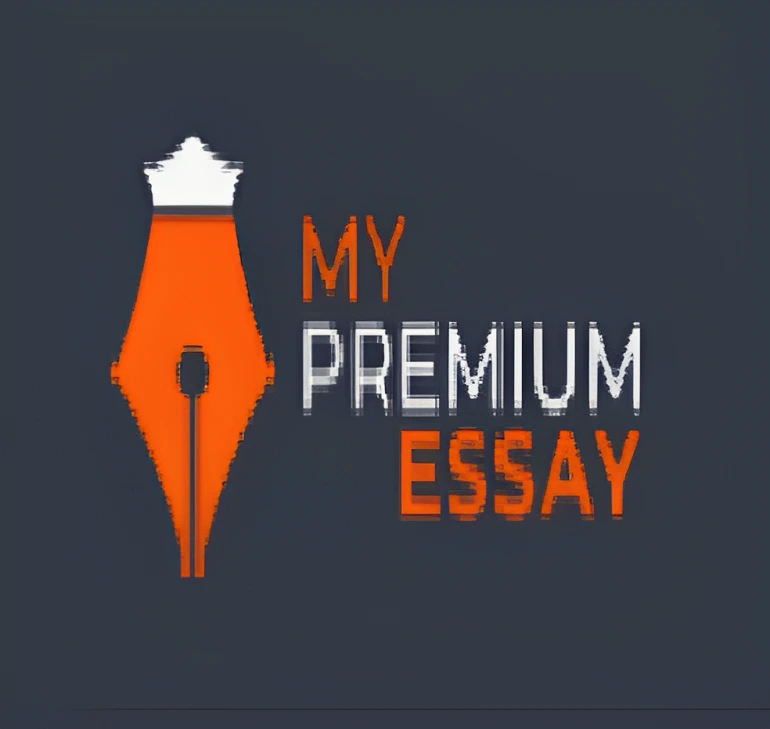An expository essay rubric is like a mentor, guiding students towards clear, impactful writing. This tool shines a spotlight on key aspects: clarity, structure, content, and language. It encourages essays that are not only informative but also captivating and easy to digest. By focusing on logical flow and evidence-based arguments, it ensures fair and consistent assessment, steering students to write concisely and thoughtfully. This rubric is a cornerstone in academia, fostering effective communication through writing.

Following a rubric demonstrates a commitment to logical coherence and evidence-backed statements. Here, we'll explore the various elements of an expository essay rubric and explain how they guide writing instructions. Plus, you'll find a sample expository essay rubric for crafting your essay. For those considering additional support, options to buy expository essays online are available, offering further guidance in meeting these criteria.
Different Elements of an Expository Essay Outline
An expository essay rubric consists of different elements that define the expectations and requirements for the essay. Some of the common elements are:
-
Thesis statement: A thesis statement is your essay's backbone—it's the main point or argument, crisp and precise. It directly answers your assignment's question and steers your essay's direction.
-
Organization: Organize logically. Start with an engaging introduction to set the stage and state your thesis. Follow with body paragraphs, each spotlighting a specific aspect but all reinforcing your main point. Conclude strongly, weaving together all threads for a memorable finish. Keep it straightforward, lively, and impactful.
-
Supporting evidence: The strength of your argument hinges on solid, well-researched evidence. Ensure it's relevant and credible. Properly citing sources, whether using MLA, APA, or Chicago style, is crucial. It’s not just about listing facts, but artfully integrating them into your narrative. Keep it engaging and clear, making every point count.
-
Language and style: Shape your essay's language to fit its purpose and audience. Strive for clear, precise expression, keeping the tone formal. Think of your words as tools—select them with care for maximum impact. Keep it lively, straightforward, and understandable, crafting each sentence to resonate and inform.
-
Writing conventions: Conventions are key in writing. They cover spelling, punctuation, capitalization, and layout. While they may seem minor, they add a crucial polish to your essay, making it stand out. Think of them as the finishing touches that elevate your work. Keep it simple, engaging, and flawless.
A rubric offers students and teachers a clear, steady roadmap for writing and assessing expository essays. It simplifies the writing journey, making it more approachable and less overwhelming. Keep the language engaging, direct, and easily understandable, ensuring every sentence is crisp and meaningful.
Read More: Expository Essay Transition Words
How to use an expository essay rubric?
Here are some steps on how to use an expository essay rubric for writing feedback:
For students:
-
1 Before starting your essay, familiarize yourself with the rubric. It outlines key elements like thesis, structure, content, evidence, language, and grammar.
-
2 As you write, let the rubric steer you. Craft a sharp thesis, organize your thoughts logically, and support them with varied evidence. Write clearly and engagingly, minding your grammar and punctuation.
-
3 After finishing, review your essay against the rubric. Identify strengths and areas for improvement. Seek feedback, refine your work, and enhance your persuasive writing skills. Keep it straightforward and impactful.
For teachers:
-
1 Start essay teaching by clearly explaining the grading rubric. Show your students what earns top marks.
-
2 Use real essay examples to illustrate good and poor aspects. When grading, be consistent with the rubric. Give feedback that praises strong points, like a solid thesis, and advises on weaker areas, like argument depth or style.
-
3 After grading, review the rubric with the class. Highlight common strengths and weaknesses. Encourage students to use your feedback and the rubric for self-improvement, setting goals for their next essays. This approach fosters ongoing growth in their writing skills.
Also Read: How to write a survey paper?
Tips to Use an Expository Essay Rubric Effectively
An expository essay rubric is a useful tool of writing analysis. Both students and teachers can improve their writing skills and achieve better results. Here are some tips on how to use an expository essay rubric effectively:
For students:
-
Read the rubric carefully before you start writing your essay. Make sure you understand the criteria and the expectations for each category.
-
Use the rubric as a guide while you write your essay. Check each category and see if you have met the requirements. For example, you should have
-
a clear and arguable thesis statement,
-
a logical and coherent organization,
-
a well-developed and supported body paragraphs,
-
a varied and appropriate use of evidence,
-
a clear and effective language, and
-
a correct and consistent use of conventions.
-
-
Review and revise your essay using the rubric as a self-assessment tool. Identify your strengths and weaknesses and see where you can improve.

Ready to score high on your expository essay?
Utilize our tailored services to ensure precision and
excellence in your writing.
For teachers:
-
Share the rubric with the students before you assign the essay. Explain the criteria and the expectations for each category. You can also show some examples of essays that meet or do not meet the rubric standards and discuss why.
-
Use the rubric as an evaluation tool while you grade the essays. Assess each category and assign a score.
By following these tips, you can use an expository essay rubric effectively for essay grading and enhance your writing skills.
Sample of Expository Essay Rubrics
Here’s a sample expository essay rubric that you can use as a guide for writing evaluation or grading an expository essay and also in rubric development.
Expository Essay Rubric
| Criteria | Excellent (4) | Good (3) | Fair (2) | Poor (1) |
|---|---|---|---|---|
| Thesis Statemen | The thesis statement is clear, strong, and arguable, addressing the prompt fully. | The thesis statement is clear but may lack strength or arguability. | The thesis statement is present but may be weak or unclear. | The thesis statement is missing or does not address the prompt. |
| Organization | The essay is well-organized with a logical flow and effective transitions. | The essay has a clear organization but may have some flawed transitions. | The essay’s organization is evident but may be inconsistent or confusing. | The essay lacks clear organization, making it difficult to follow. |
| Development | Each paragraph is well-developed with strong topic sentences and detailed support. | Paragraphs are generally well-developed with adequate support. | Some paragraphs lack development or details. | Paragraphs are underdeveloped and lack sufficient support. |
| Evidence | Evidence is relevant, detailed, and strengthens the argument effectively. | Evidence is generally relevant with some detail and supports the argument. | Evidence is provided but may be general or lacking in detail. | Little to no relevant evidence is provided. |
| Language and Style | Language is engaging, precise, and enhances the argument. The style is appropriate for the audience. | Language is clear and appropriate but may lack engagement or precision. | Language use is inconsistent, with some engaging parts and some errors. | Language is dull, unclear, or inappropriate for the audience. |
| Conventions | Few to no errors in grammar, spelling, and punctuation. | Some minor errors in grammar, spelling, and punctuation. | Noticeable errors in grammar, spelling, and punctuation that may distract the reader. | Frequent errors in grammar, spelling, and punctuation that impede understanding. |
This rubric guides you to focus on key elements for a stellar expository essay. Tailor it to fit the assignment or grade level. Happy writing and grading! 😊
Need help crafting an expository essay? Use an essay outline to structure your thoughts clearly and logically. For more assistance, MyPremiumEssay offers top-notch academic writing services. Their team of expert writers is ready to support you with any expository essay, ensuring writing excellence and organization. Trust MyPremiumEssay and purchase an essay online.




